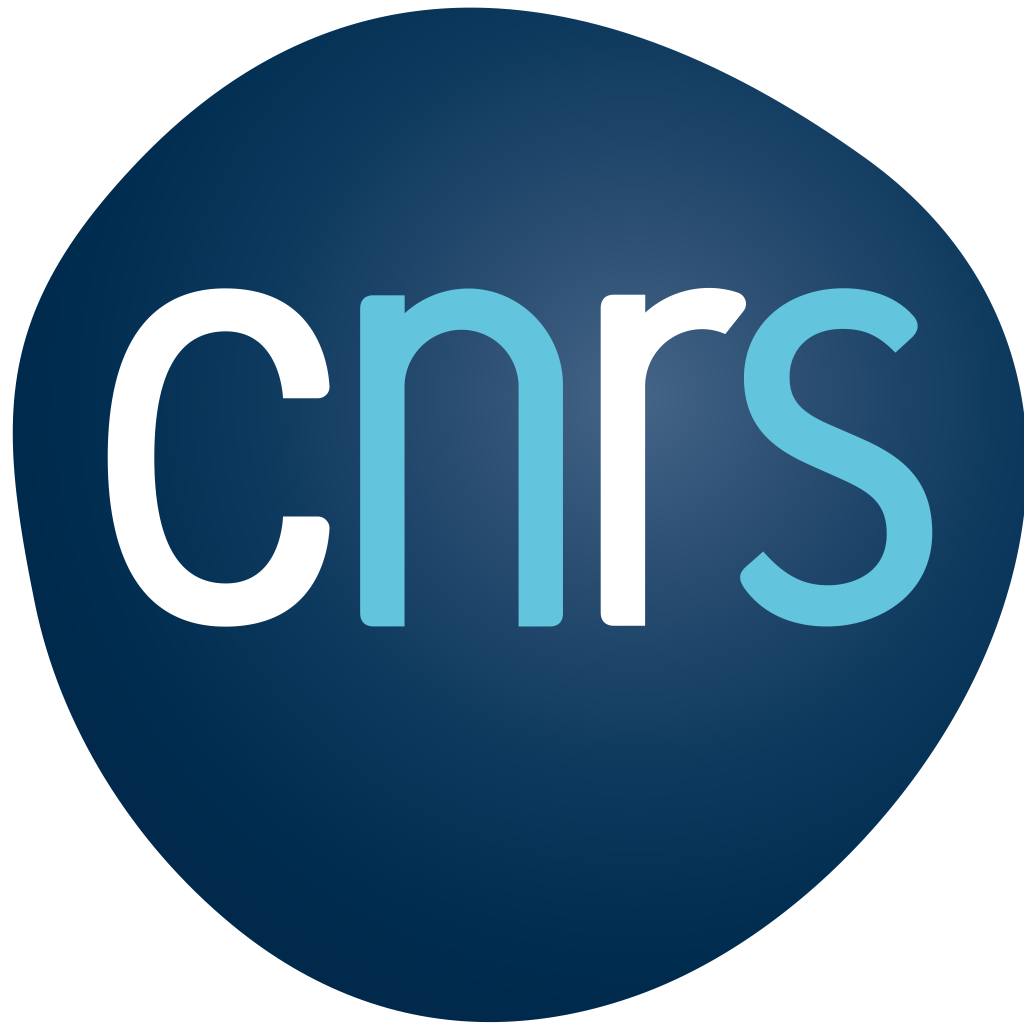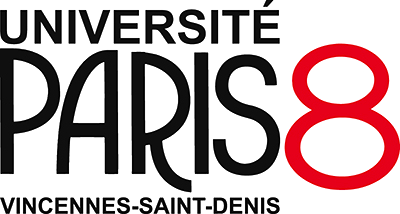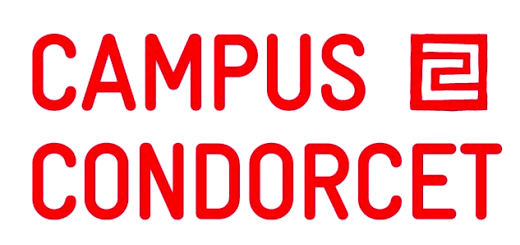AAG – Los Angeles – 9th – 13th April 2013
Session supported by the
European Research group S4: Spatial Simulations for Social Sciences – SPANGEO group
http://s4.csregistry.org/tiki-index.php?page=SPANGEOII&bl=n
Using network analysis to capture spatial structures and dynamics
Network analysis has traditionally been used in sociology to capture and explain social phenomena including group formation, influence, and the diffusion of innovation. At the same time, there is a long history in geography of using network analysis to explore spatial phenomena including trade and transportation (e.g. Christaller, Ullman). Recently, these two traditions have intersected, using network analysis to understand how social and spatial structures interact at different scales (see Social Networks 34:1 (2012): “Capturing context: Integrating spatial and social network analyses”; The Connected City: How Networks are Shaping the Modern Metropolis (Routledge, 2013)). In these recent works, we learn that virtual social networks like twitter and offline social networks still have strong spatial constraints, and that transforming space remains a main factor in the evolution of social networks.
The spatially-embedded networks are shaped by spatial processes at multiple scales that make some networks stronger and more significant, while rendering others obsolete. Although this work typically focuses on how spatial structures shape networks, one can also explore how the transformation of social, economic, cultural networks affects spatial structures and dynamics, including:
– local processes like attractiveness, concentration or repulsion;
– more global processes like distance, barriers, competitiveness, or hierarchical distributions of places.
Studies usually capture only some aspects of these networks, simplifying them through the aggregation of networks and the collapsing of spatial scales. This procedure hides many properties of the social networks and spatial scales that disappear in this aggregation. One needs new approaches capable of handling multi-scalar spaces and multi-modal networks, offering a more comprehensive understanding of the interactions between social networks and space. The session seeks to share new theories and methodologies in network analysis, in particular relating to spatial dynamic systems. All approaches based on empirical studies, simulations, as well as theoretical reflections are welcome.
The objectives of the session are:
1- To investigate the multi-modal approach of networks in order to take into account both the strategies developed in the micro-network and the meso/macro transformations they imply for space;
2- To articulate different spatial scales through these networks underlying the relevance of such approaches;
3- To explore the relevance of network dynamics theories, like the effects of “scale free” or “small world” structures on spatial dynamics.
Joining the session
Interested participants should
1- send an abstract of max 250 words to the organizers: Celine Rozenblat and Zachary Neal (celine.rozenblat@unil.ch, zpneal@msu.edu). We will agree to incorporate it in the session.
2- register first for the conference and then submit their abstract in the regular way (through the AAG website: http://www.aag.org/cs/annualmeeting/register).
3- Finally send the registration code (PIN) they receive to the Session organizers, celine.rozenblat@unil.ch, zpneal@msu.edu no later than 22th October 2012. Please note that the PIN is activated only after Authors have paid the conference fee AND have submitted the abstract. We will then mention all registration codes that will be in our session.




